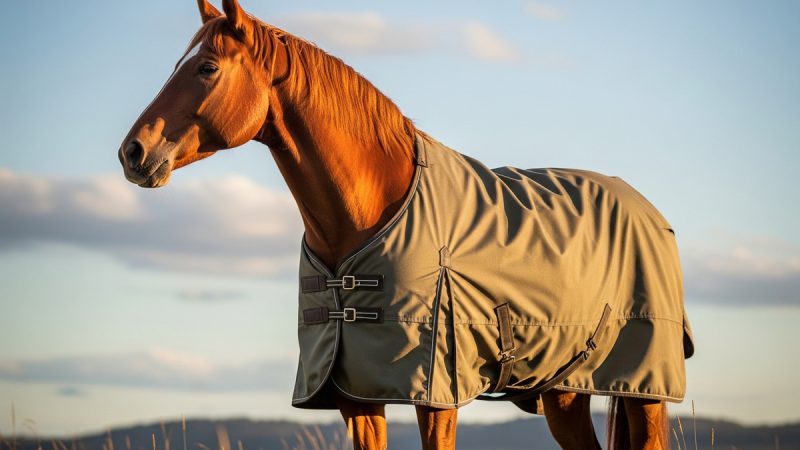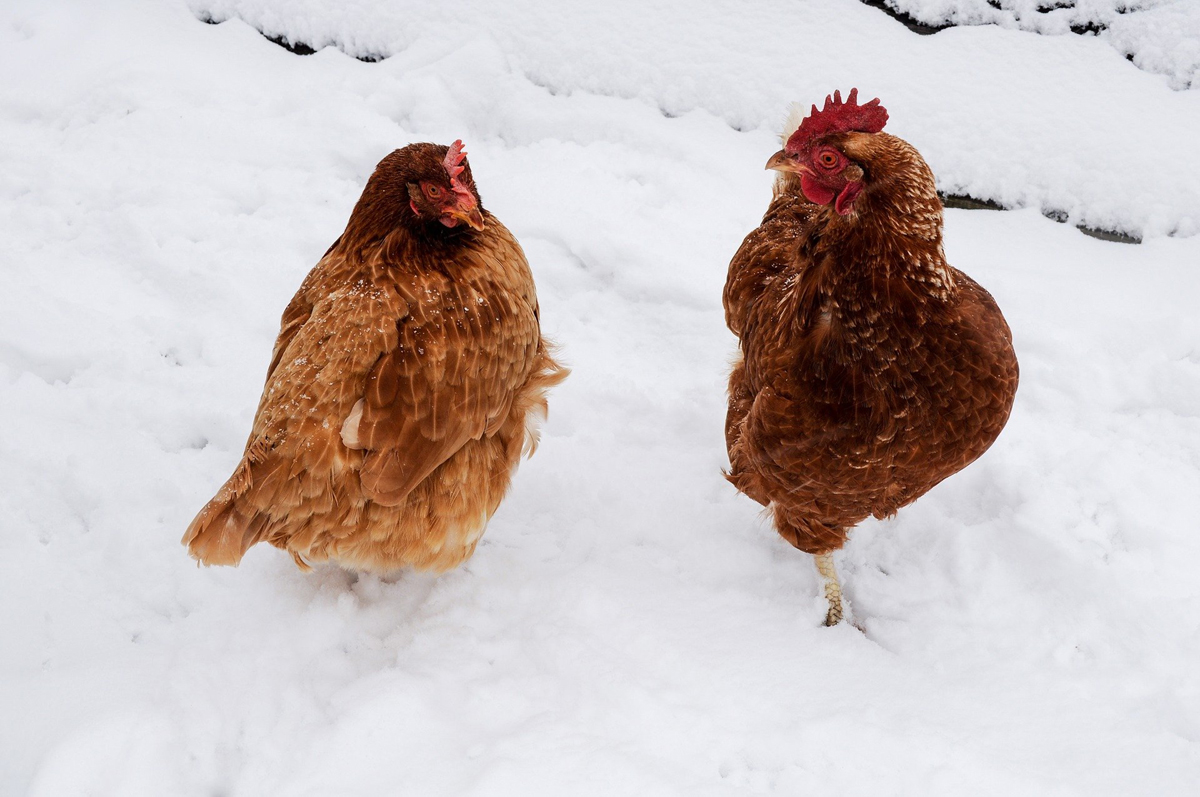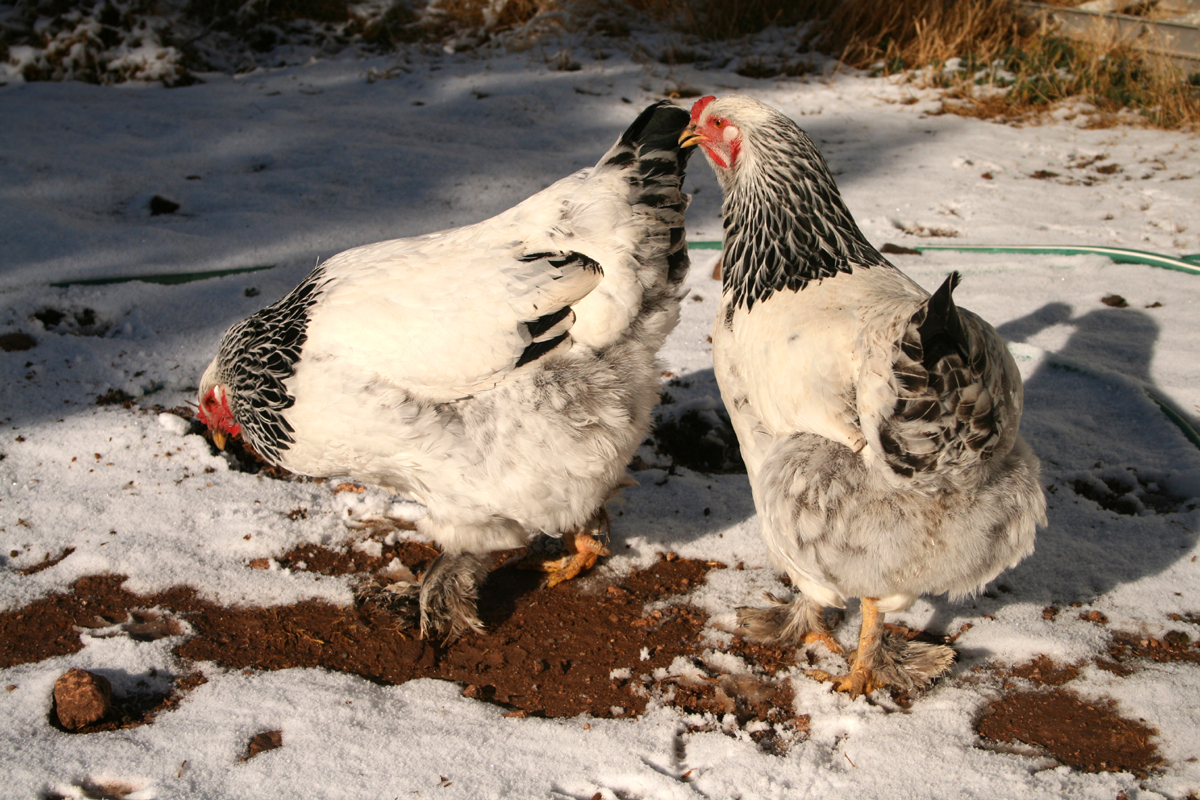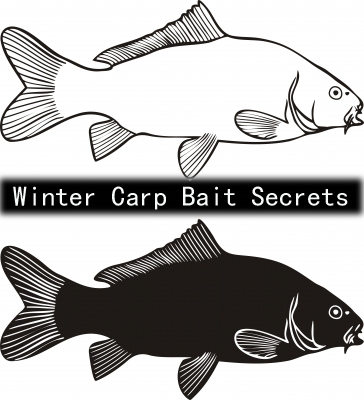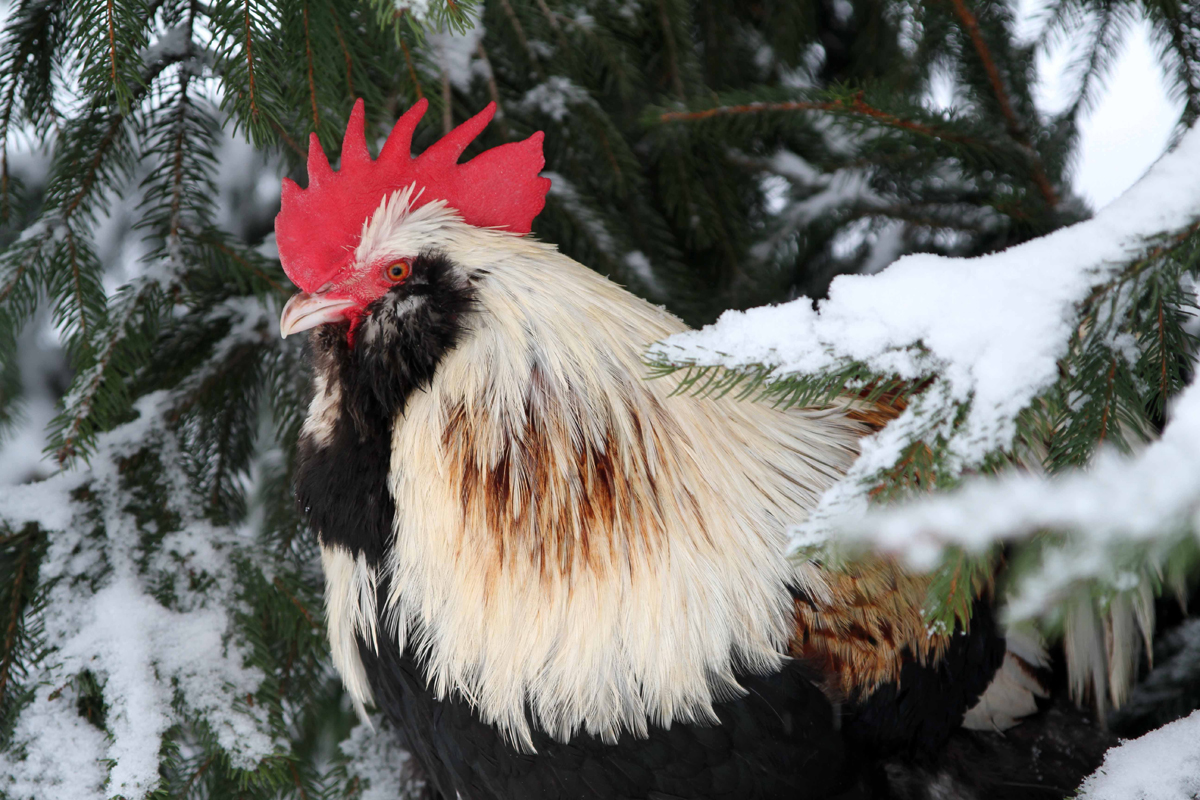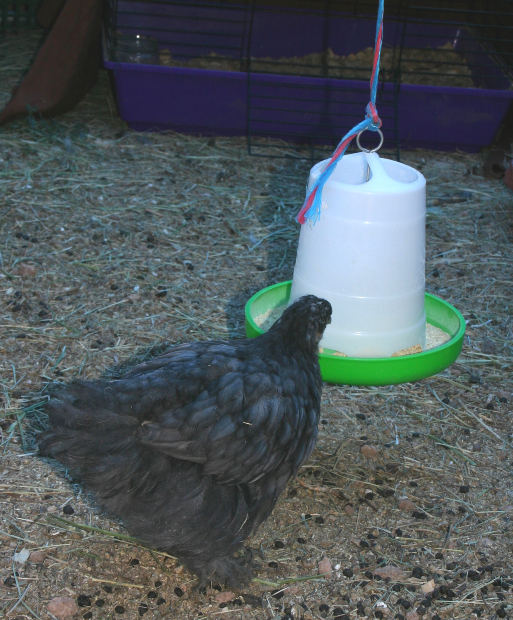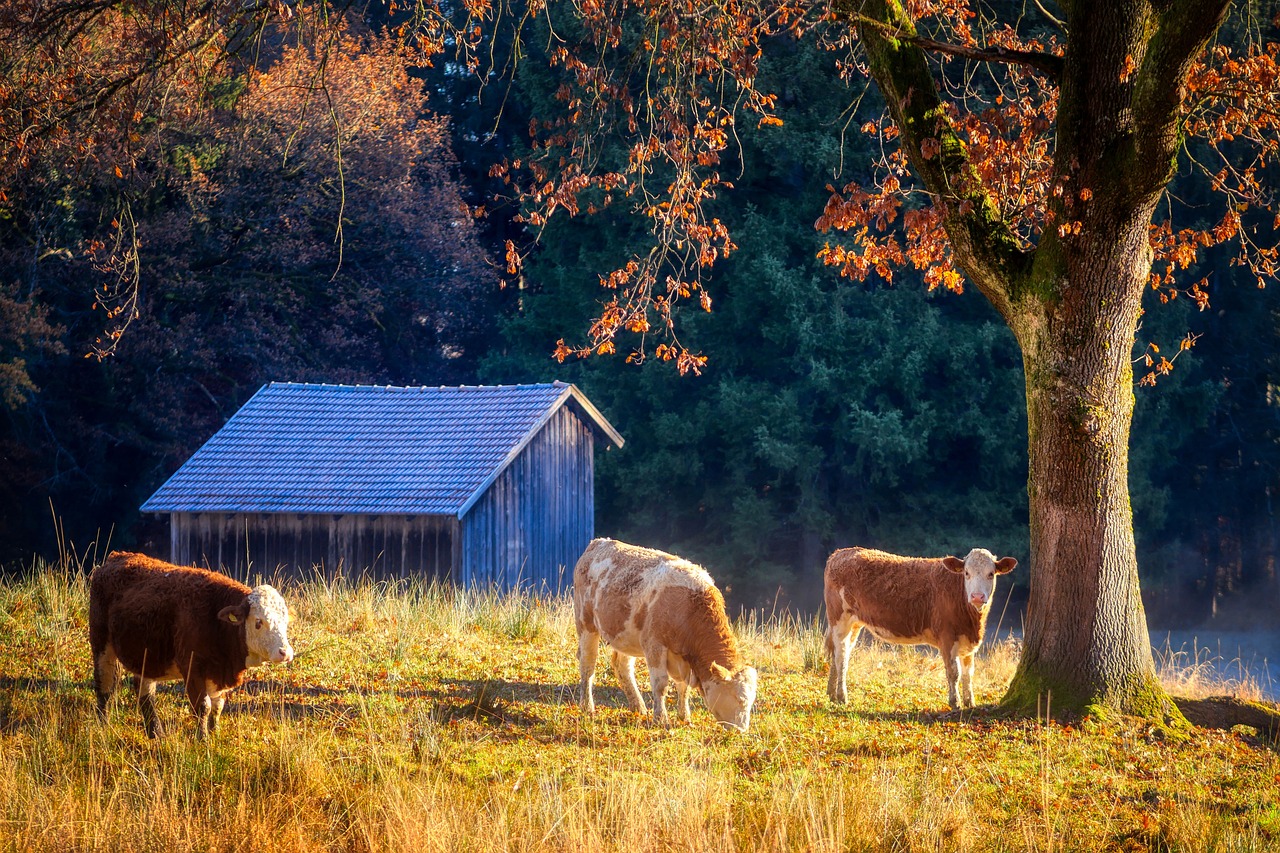Horse Pasture Rotation
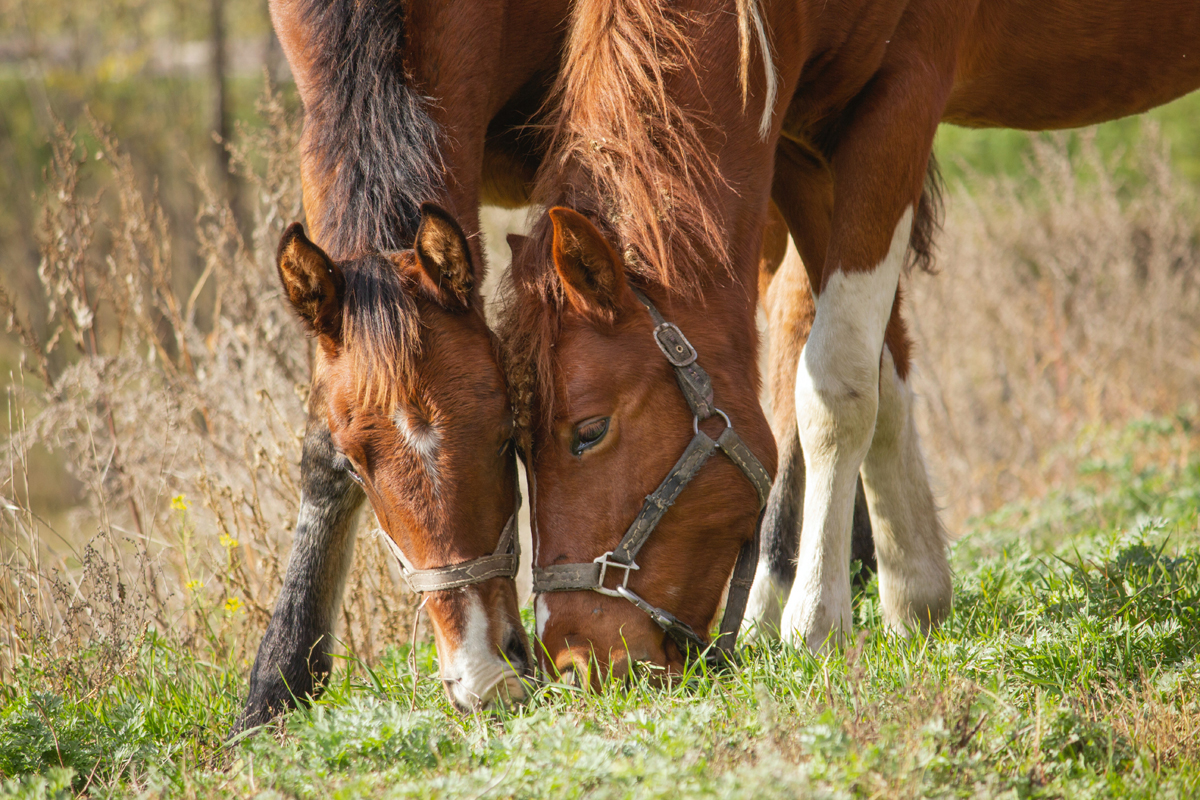
By practicing pasture rotation, you can reduce or eliminate the cost of hay during the growing season. If you put a little thought into how you rotate the pastures, you’ll not only save money, you will provide your horse with quality food. After reading this article, you will know when to rotate your horses on and off pastures.
Pasture Mix
If you are starting from scratch and seeding a new pasture, you can use this ‘recipe’ for seeding:
Pasture mix per acre
- 8 pounds alfalfa
- 3 pounds orchard grass
- 5 pounds bromegrass
- if you want to add some clover, 1/2 pound will be plenty.
Once you turn your horses out in the spring, you will being your management. If you have included alfalfa and don’t rotate the horses out of the pasture when they have grazed it to the right height, you will start finding thistles and other weeds taking over. So, if you don’t plan to manage rotation carefully, and horses are allowed to graze too close, alfalfa may not be your choice. Perhaps you should add bluegrass instead. Your county extension office will have more information on the right types of grasses and legumes in your area.
Grasses will do best during the cooler days at the beginning and end of the growing season. Grasses are more durable and resist trampling by horses.
Legumes (alfalfa and other clovers) are more productive in warmer months. Legumes add protein for your horse and nitrogen for the grasses. They are more susceptible to trampling and overgrazing.
Pastures with a large percentage of legumes can lead to bloat. You want to introduce horses to grass/ legume pasture slowly. In the spring, when you and your horse are eager to get into the pasture, start slowly. Let the horses into the pasture for 20 minutes or a half hour the first couple of days. Do not turn hungry horses into the pasture – feed them hay before turning them out. Lengthen the time in the pasture a little bit over the next week or two, always feeding them hay before turning them out and provide a salt block and plenty of water to newly pastured horses.
If you plan on doing pasture rotation correctly, you will include a few hours of mowing and dragging after moving your horses off each pasture. If you don’t think you will do the mowing and dragging, it probably won’t be worth the extra money to include legumes in your pasture.
Carefully monitor grazing. I’m not going to get real technical here, I’ll just tell you the rule of thumb – when the forages reach 6 – 8 inches, put your horses in the pasture. Remove them after they have grazed to an average height of 3 or 4 inches. Keep in mind that if you have not planted alfalfa, and the pasture is mostly grass, you can let your horses graze it down to about 2 inches average.
Also remember that plants will grow faster in the spring and slower in the summer and fall. You may find that you need to mow a pasture because the grass is growing faster than the horses are eating. If the grass reaches higher than 8 inches and it is not time to move your horses to this pasture, mow it to about 4 inches. By timing your rotation to pasture height rather than by your calendar you can easily maintain a good pasture.
Uneven Grazing
Horses will graze younger, tastier pasture plants. When you rotate them out of the pasture, they may leave behind an uneven pasture with some tall legumes. If you allow the ungrazed plants to remain, they can shade out and stunt the growth of other forages.
Mowing Your Pasture
Regular mowing makes pastures more productive. It can also reduce herbicide usage.
After rotating your horses out of the pasture, mow the pasture with your mower set at about four inches. This will allow the good stuff to grow back. The bottom 2-3 inches of grasses are where the sugars and proteins are stored. These sugars and proteins are needed for regrowth.
Dragging Your Pasture
As soon as your horses are rotated out of the pasture, you will want to drag it. Dragging a pasture breaks up clumps of manure and spreads it evenly around. By breaking up the manure and exposing it to the sun, parasites are killed. By the time your horses are moved back into the pasture, the manure has turned into fertilizer and most parasites have been eliminated. Keep in mind that, although dragging breaks down manure faster, it will not kill all the parasites present. Keep your horses on a worming schedule.
You can use almost anything to drag your pasture. I’ve seen people use old bed springs and chain link fences with bricks laid on top. Most people around here use four wheelers to drag. They are easier to handle and it seems like everyone owns one now. If you have a lot of money to spare, you can buy a pasture drag.
Horse Pasture Rotation – Putting it All Together
I’ve crammed a lot of information in the above article. The actual management of horse pastures is really easy and doesn’t require much work. Using the information above, here is what it actually looks like in practice:
Starting with three or four pastures (I’ve got two horses on 3 – one acre pastures).
Put horses in pasture number one.
When the pasture is grazed down to about 3 inches average (nope, I don’t go out with a tape measure – I simply guesstimate that the average height is about 3 inches), I move the horses to pasture number two. Hopefully pasture number two is at least six inches high.
Now, I take my drag into pasture number one and drag the pasture. Then I mow it with my mower set to four inches. It takes about a half hour to drag and 15 minutes to mow. I’m done for a week or so.
When pasture number two is grazed down to about 3 inches, I rotate the horses to pasture number three. I drag and mow pasture number one. I’m done for a week or so.
read more: Feeding Old Aging Horses
When pasture number three is grazed down to about three inches, I move the horses back to pasture number one and I drag and mow…
Very simple. Saves money. Makes my horses happy and healthy.
The Author:
Di Stalter is a certified parenting class instructor and works for “Focus On Kids Parenting Classes”, an online parenting class.
Photo. Zahaoha
Source: EzineArticles.com


